Words to better understand your watch
To understand watchmaking and watches as a whole, some keywords are needed. Here are some of them…
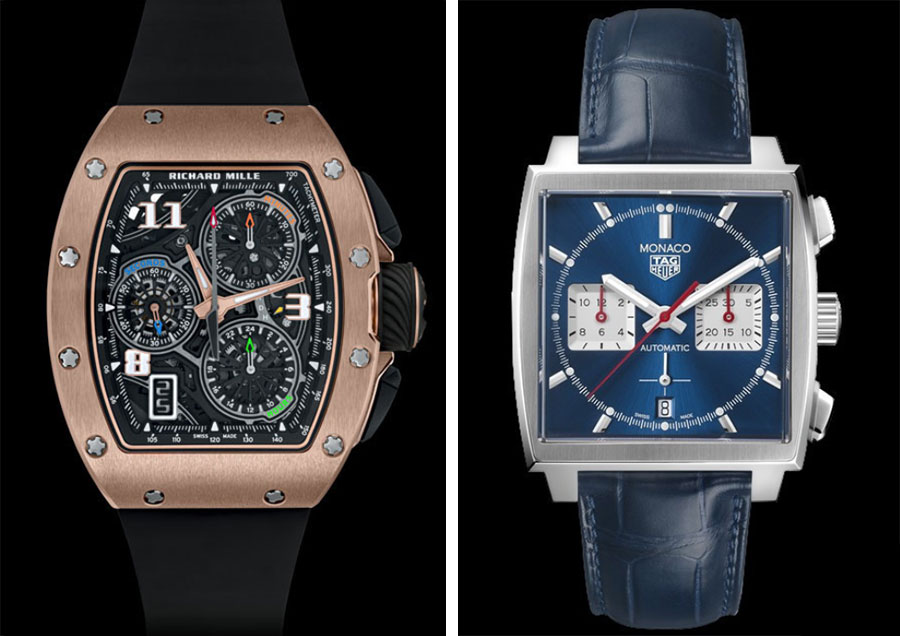
Watch case (or case)
A watch case is comprised of a case middle, case back and bezel to which can be added a glass (anti-reflection sapphire for high-end models) protecting the dial, and sometimes a second one at the back which allows to admire the movement housed in the case. Round, square, oval, tonneau or cushion, the dial plays on geometrical shapes.
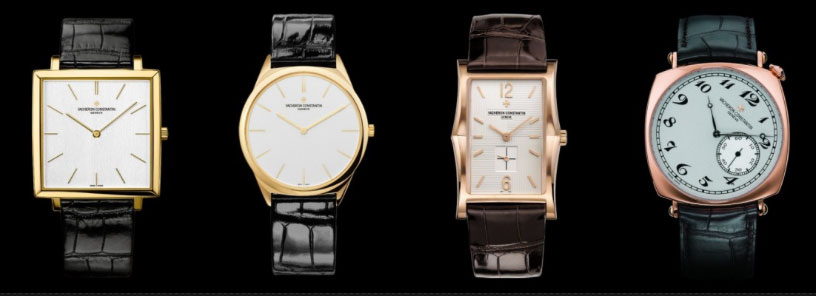
This is the feature giving a distinct aesthetic to the watch and making it recognizable at first glance. Like the tonneau for Richard Mille, the cushion of Panerai’s Luminor, the square shape of the Monaco from TAG Heuer, the rectangular lines and reversing case of the Reverso by Jaeger-LeCoultre, or even the ovoid Reine de Naples by Breguet. These “shaped” watches are a specialty of the Maison Cartier, culminating with the Crash watch.
Case back
Be it a snap-off or a screw down back, the case back refers to the verso of the watch. When it shields the calibre from the eye, it is called a solid back. It is a place of creativity and expression for master engravers. But this essential component of the case can also be see-through (in sapphire glass for high-end models). Which gives aficionados of beautiful mechanics the possibility to admire the gears of the movement and the dance of the oscillating mass.
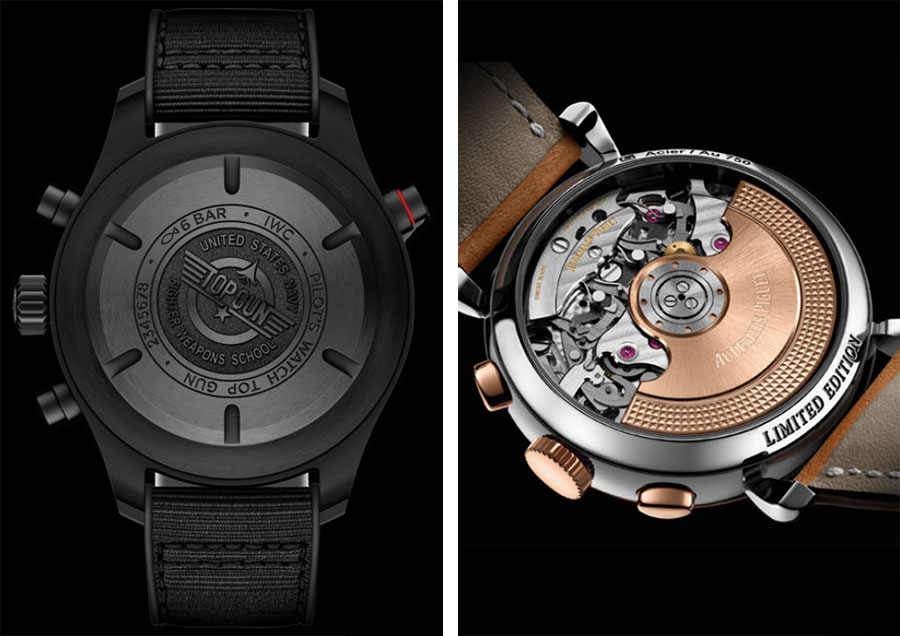
Sports instruments such as diving watches often boasts a screwed down case back and crown guaranteeing their waterproofness. Some brands develop specific tools to unscrew the back of their cases, such as Rolex. Some backs are called “officer’s case back”, which are solid and can be manually opened (hinged system), be it to admire the calibre or to unveil an engraving.
Case middle
The case middle is one of the three main components of the case. Situated between the case back and the bezel, it refers to the central part that houses the movement (or calibre). An essential piece on which are fixed the lugs, and which holds everything together. It can be made of many materials: gold, platinum, titanium, steel…
Lugs/Horns
The lugs allow to affix the strap to the case. The alternative name “horn” derives from their shape. They stand at the top and bottom of the case. The distance between a pair of lugs is called the lug width, where the strap in affixed using a thin rod – and which determines the strap width that should be used. So before deciding to switch straps, do measure it! Long, short, wide, curved, they can take many forms depending on the models and brands.
Bezel
Placed on the upper part of the case, this ring adjusted to the case middle carries the glass protecting the dial. Iconic item for some manufactures, it participates to the design of a model. For instance, at Rolex the bezel is often fluted – a stylistic effect of grooves and ridges. Some bezels on sports timepieces have exposed screws, like the Royal Oak watches by Audemars Piguet. Others are incredibly thin to leave room for every detail of the dial (IWC Portuguese).
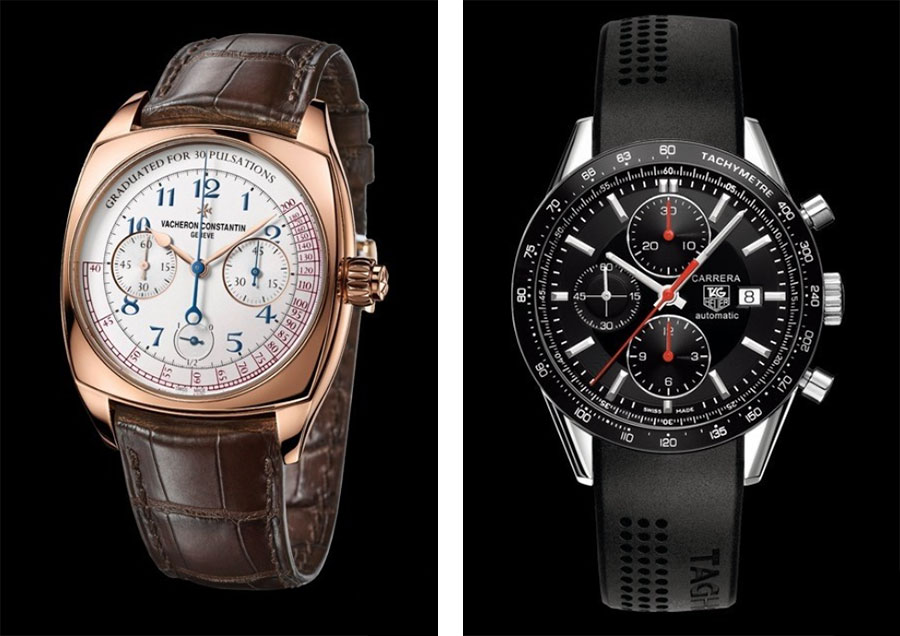
Some bezels are bidirectional, but those on diving watches are necessarily unidirectional (turning in only one direction) for obvious security reasons. Graduated into sixty minutes – the 15 first minutes being generally marked individually –, they enable to calculate immersion time or decompression stops. On chronographs, the bezel can be engraved to display specific scales such as a tachymeter (measures the speed of a moving object in km/h), a telemeter (calculates the distance of an event that can be both seen and heard) or a pulsometer (measures the heart rate).
Crown
Typically located at three o’clock on the side of the case, often round, the crown – or winder – is a vital component to set the time and control other indications of the dial. By twisting or pulling it by several notches, it allows to set mechanical movements. It must be handled carefully, which is why some houses, like Panerai, equip their watches with a prominent crown guard. To guarantee a perfect waterproofness, diving watches boast a screw down crown which, once locked, prevents any water infiltration inside the case.
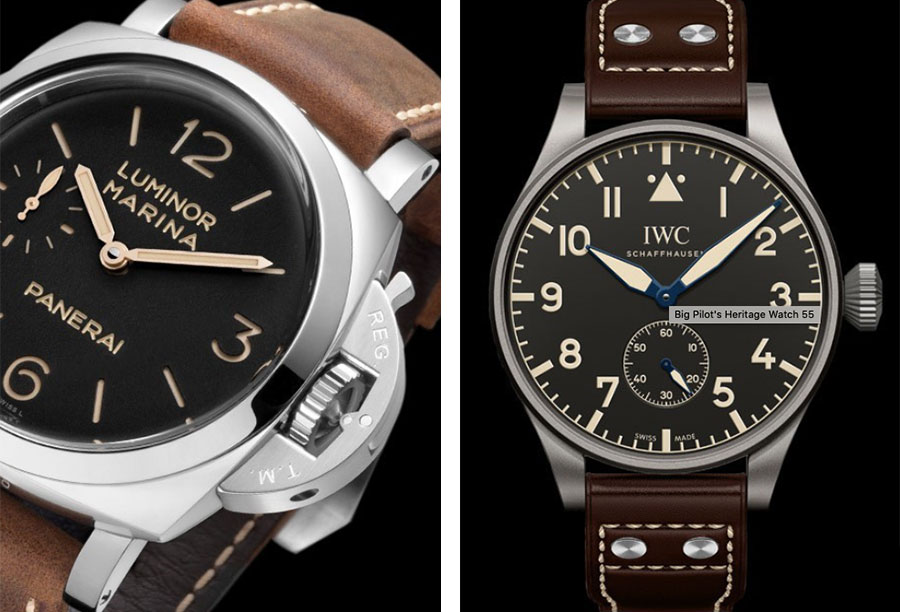
Knurled or fluted, the crown is often topped by a precious stone, as do Cartier whose signature on many pieces is a blue sapphire cabochon. On pilot watches, the crown is often grooved and oversized so as to easily be manipulated while wearing gloves.
Hands
Essential to indicate the time, the hands are rigid metallic rods generally located at the centre of the dial. The shorter and wider one is the hour hand, while the longer is the minute hand. As for the seconds hand, it can be equipped with a counterweight sometimes personalized with the manufacture’s emblem. More than time, the hand can display other information such as the power reserve, date, GMT or chronograph functions.
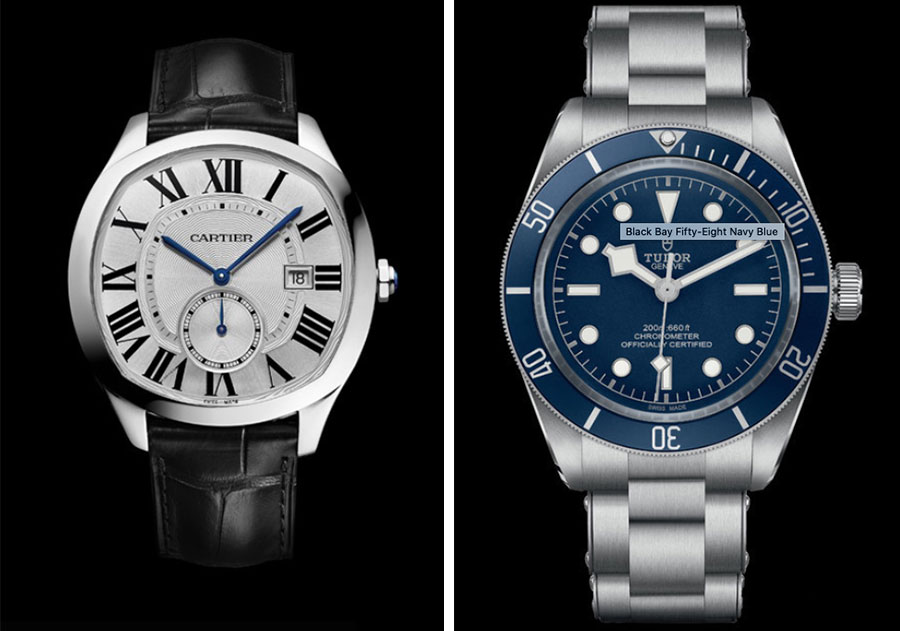
Thin, made of gold, faceted, luminescent or oversized, the hands can take many shapes: baton, leaf, dauphine, pear, wavy, lance, skeleton, cathedral… the design contributes greatly to the character of the watch and of the watchmaking houses. As do the snowflake hands with angular lines characterizing the Black Bay models by Tudor, or the Cartier’s sword shape. Not forgetting the “Breguet” created by Abraham-Louis Breguet himself, a very thin hand with a hollow “apple” or round hoop near the pointed end. Emblematic of both the Breguet and Cartier houses, the blued hands owe their recognizable shade to steel oxidation obtained through an ultra-precise process of high-temperature heating.
Buckle and clasp
The buckle is a component indissociable from the strap, which guarantees the owner a comfortable and secure wear. Two main closing systems are used: the ardillon (or pin) buckle and the deployant clasp. The first one is also found on belts and consists of a metal pin slipping through the strap holes. It is the easiest of use. More complex but – some would say – more secure, the second one is an ingenious device we owe to Cartier.
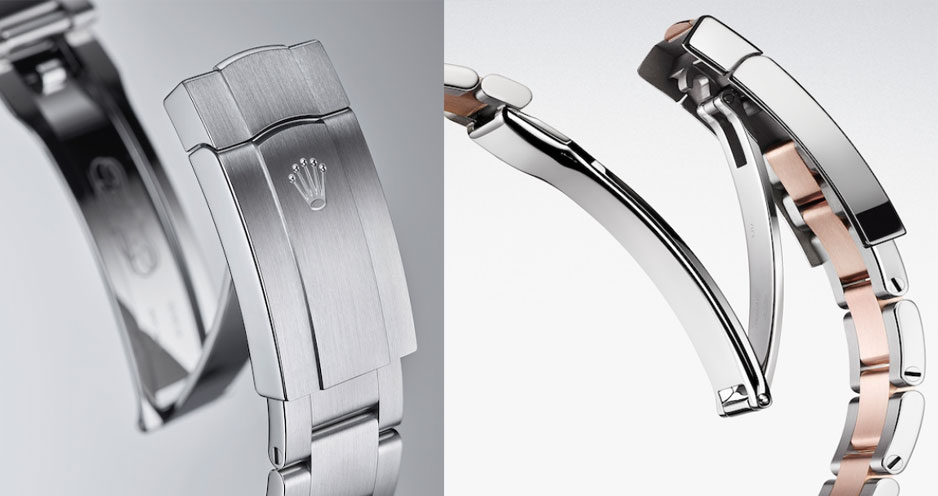
This system uses hinges allowing metal extensions to open and close on themselves. Some open to just one side since they have only one hinge. Others called “butterfly clasps” have two hinges, opening towards both sides, with a three-part extension. This kind of clasp prevents the timepiece from falling in case of accidental opening. The Oysterlock and Glidelock clasps by Rolex are well-known highly secure devices, for instance.
NATO Bracelet
Born in the sixties, the NATO strap (shortened version of NATO Stocking Number) became popular in 1973 when Great Britain’s Ministry of Defence looked for a strap to equip its soldiers’ watches. Freed from military codes, it is today a fashionable vintage accessory, available in numerous shades and patterns. With an affordable price and endlessly customizable, it is both enduring and comfortable. The NATO strap is comprised of a woven nylon strap with three loops and an ardillon buckle to facilitate adjustment to the wrist.